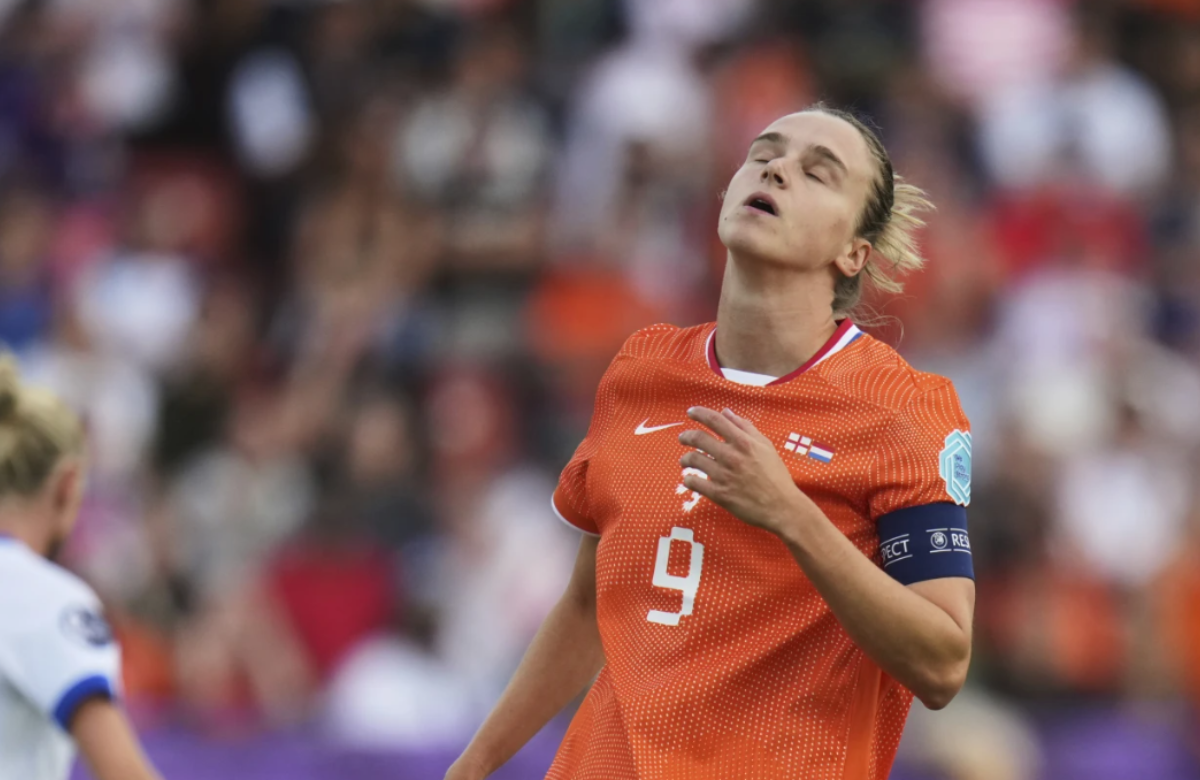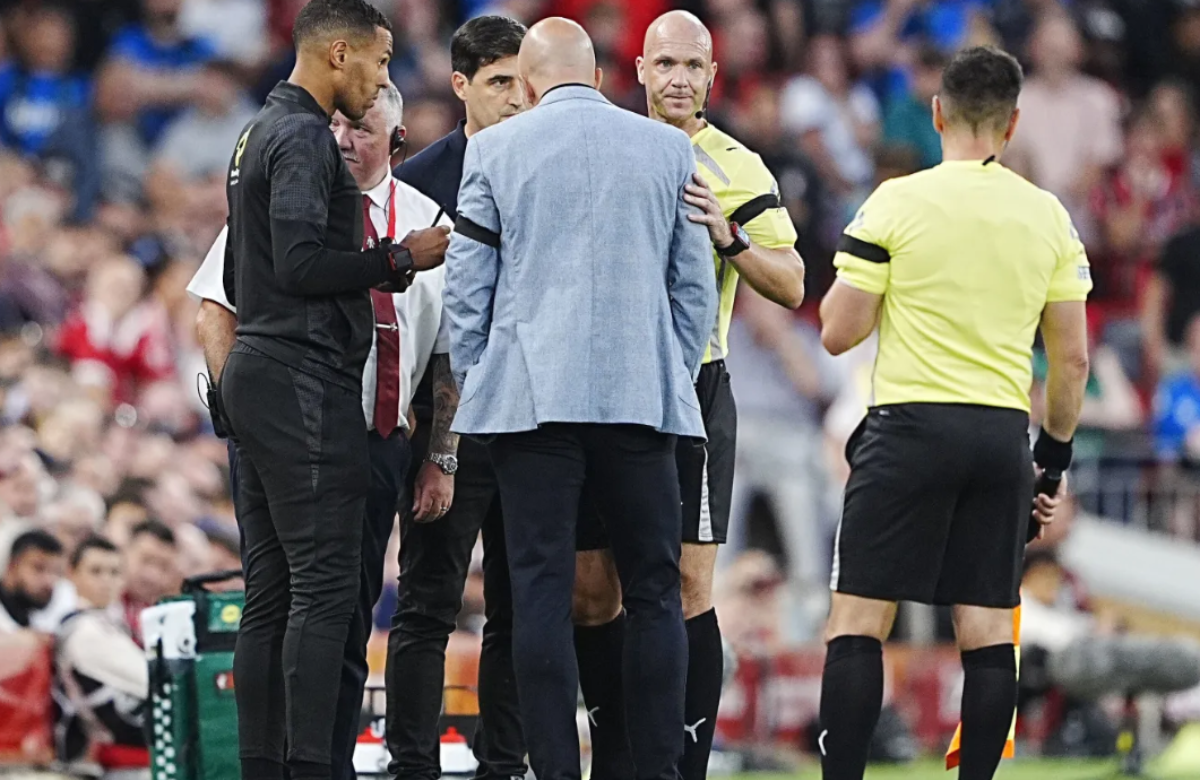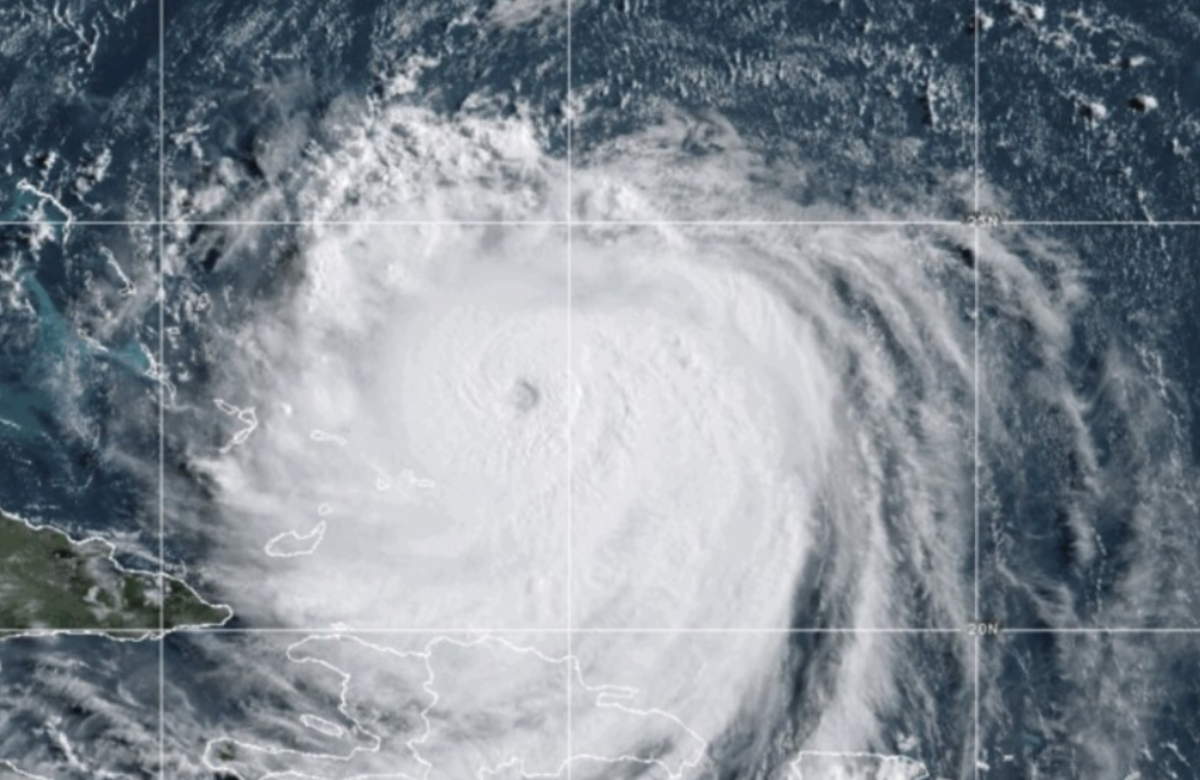England’s Millie Bright had to withdraw from the European Championship due to both mental and physical exhaustion. Meanwhile, Netherlands’ Vivianne Miedema pointed to an overcrowded schedule as a cause of increased injuries, and Ireland’s Katie McCabe missed two matches in the U.S. over concerns she was nearing burnout.
The rapid growth of women’s soccer—with more tournaments, longer seasons, and expanded competition formats—is prompting questions about how much is too much for players. While workload issues have long affected men’s soccer, this is a newer concern for women’s soccer as the sport gains global prominence.
Increased competitions provide more playing opportunities but also mean more travel and less downtime. Alex Culvin, director of global policy for women’s soccer at FIFPRO, the international players’ union, emphasized the need for better management of international and regional schedules to balance player well-being with the sport’s growth. She highlighted the importance of protected rest periods, calling for regulatory measures to enforce them.
Top national and club players bear the brunt of these demands. Bright explained on a podcast that she reached her physical and mental limit after her season with Chelsea. Miedema, playing for Manchester City, spoke out after a hamstring injury, criticizing the jam-packed calendar for risking players’ health. Irish coach Carla Ward rested McCabe during recent friendlies, citing concerns over burnout due to heavy minutes for club and country.
FIFPRO tracks players’ minutes globally, with Spain’s Aitana Bonmatí and Mariona Caldentey leading the list ahead of Euro 2025. Both players compete in the Women’s Super League and for Barcelona, respectively. Spain will face England in the Euro 2025 final.
U.S. women’s national team coach Emma Hayes has also prioritized rest, leaving European-based players out of recent matches to help them recover. Managing players across different league calendars—from Europe’s fall-to-spring schedule to the U.S. NWSL’s spring-to-fall season—adds complexity to her job. Hayes focuses on educating players about the long-term effects of cumulative workload and the importance of pacing themselves for future tournaments like the 2027 World Cup.
Alongside major regional tournaments such as the Africa Cup of Nations and Copa América Feminina, new events like a 7-on-7 tournament with a $5 million prize pool have emerged, involving top clubs like Manchester City and Bayern Munich. England’s coach Sarina Wiegman said the national team communicates with players about balancing such opportunities with rest to avoid overload.
These events add to existing competitions such as the UEFA Women’s Champions League and the new CONCACAF W Champions Cup. Additionally, a women’s Club World Cup is planned for 2028, and the Women’s Champions Cup will start next year.
While some countries and leagues are expanding opportunities, others struggle with limited playtime, increasing injury risks. For example, Bolivia’s mostly amateur squad at Copa América Femenina had only three matches together this year before the tournament.
Ultimately, Culvin stressed the challenge of balancing growth with player health. She reminded stakeholders that the players are the heart of the game and must be protected as the sport evolves.
“The players make the ultimate sacrifice, and without them, there is no game. We must prioritize their well-being while managing the sport’s expansion,” Culvin said. “Those responsible for the game have a duty to safeguard our most valuable assets—the players.”
Also Read:
Lloyd Howell steps down as executive director of NFL Players Association
Chargers WR Mike Williams announces retirement from NFL at age 30















